Ken and Mary were a little more than a year into their marriage when the Army shipped them to Japan in 1947 on the US Fred Ainsworth.
Ken had re-enlisted after World War II. He and his three brothers all served on the European front.
The military promised Ken a better life than he could have had in White Plains, where he briefly drove a bakery truck and amputated tree limbs. He'd only gotten as far as the 8th grade after a steam shovel crushed his father while working on what eventually became the Saw Mill River Parkway in Westchester. Although Mary had a high school education and could quote Shakespeare from memory, I don't think she'd ever travelled beyond New York City. They began sightseeing immediately after arriving in Japan.
 |
| Nara Park Pagoda (September 1948) |
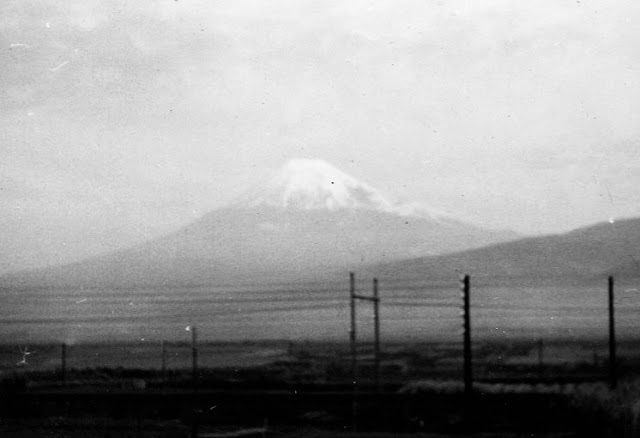 |
| Mount Fuji |
 |
| Mary, Fukuoka |
 |
| Ken, Bamboo Bridge |
Ken documented their visit to the island where where Mikimoto Kōkichi developed cultured pearls.
Here's Mary with Mr. Mikimoto, not long before he died at the age of 96.
Women did most of the work on Pearl Island.
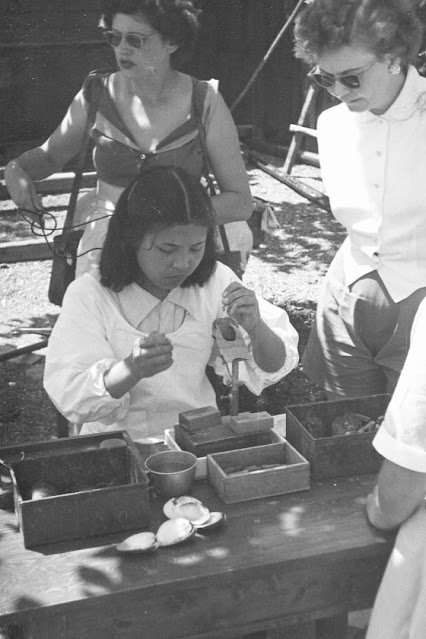 |
| Inserting seed pearl |
 |
| Divers with baskets |
 |
| Diving |
True to form, he even found a race!
Mary shows some leg and a flair for fashion.
She worked full-time as a secretary in an Air Force office responsible for providing homegrown entertainment to the occupying forces, a job she loved.
Mary's boss, Lt. Colonel Edward H. Nigro (right), was eventually promoted to Major General. After retiring, he became CEO of the Del Webb Corporation, which sponsored the dune buggy races in Las Vegas Ken attended after he retired. Mary would have been tickled by that coincidence.
Nigro and Colonel John R. Roche, his boss, looked pretty handsome in civvies, too.
Note the cigarette in Ken's hand. His smoking embarrassed him the last time we looked at these slides together. Ken didn't embarrass easily. He'd given up Kools two decades earlier, after a nickel price increase at the Post Exchange.
Ken had an eye for arresting images, too.
Ken and Mary made a lot of friends like the Aulds. Their names still flicker dimly in my consciousness but if it weren't for Ken's meticulous captions, I wouldn't be able to identify most of them.
Most of their pals had kids.
Ken photographed a lot of Japanese children, too.
Were these boys victims of the nuclear blasts or their aftermath?
They even had people to help with cooking and cleaning, a luxury I'm sure Mary never imagined.
I still have some of their tchotchkes.
Despite Mary's casual pose, I can't help but wonder if the environmental hazards released by the two atomic bombs in 1945 contributed to her premature death from cancer three decades later.
Ken with a couple of anonymous Air Force buddies.
Here are some of his colleagues in the Criminal Investigation Division. Their diversity reminded me how free of racial prejudice he was.
Insatiable curiosity opened the world to Ken. There can't have been too many Americans taking pictures like these back in the day.
He captured some pretty interesting moments and situations. Like fires,
post war homelessness,
and an early campaign against impaired driving by the American military. Look at the bilingual sign!
I wonder if the Japanese nationals resented his camera. It's not like the recently vanquished could refuse to let him take their pictures.
I'm assuming he must have known this American groom. Props to him for agreeing to a traditional Japanese wedding!
Japanese businesses catered to the American soldiers during the occupation, which didn't end until 1952.
You've got to wonder what went down at the Cabaret Click.
There also were events that fostered better relations between the occupied and the occupiers, including the replication of American cities and monuments
and a swimming meet, which certainly seems less imperialistic.
Ken eventually got his orders back to the States. It looks as if the and Mary may have taken a train to the port of Yokohama.

Or maybe they drove their Mercury. It arrived in America with them. They certainly didn't have much carry-on luggage for a Pacific crossing that lasted around 11 days!
Military transport ships ain't glamorous, that's for sure.
Goodbye Japan!
On the Pacific.
Hijnks in their tiny steel cabin.
Dinner at the "Captain's Table."
Sunbathing on deck.
They sailed into the port of Seattle.
A marching band greeted the returning soldiers and their families at the dock.
So long ago. It looks as if they had the time of their lives.
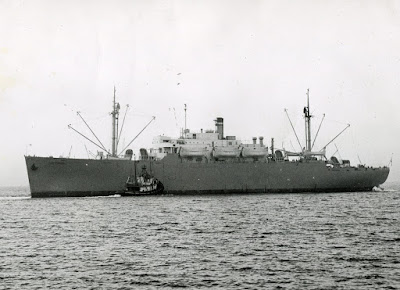


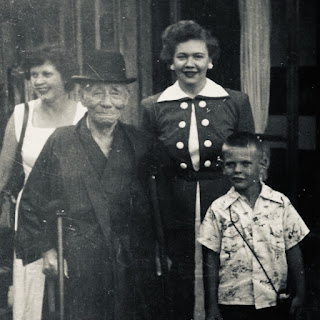




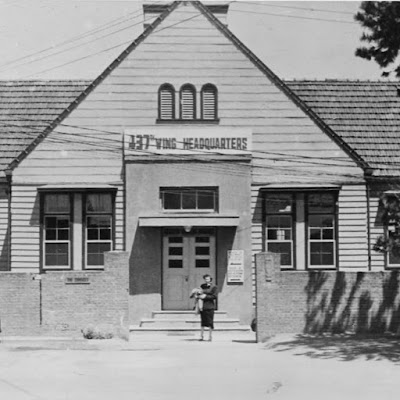











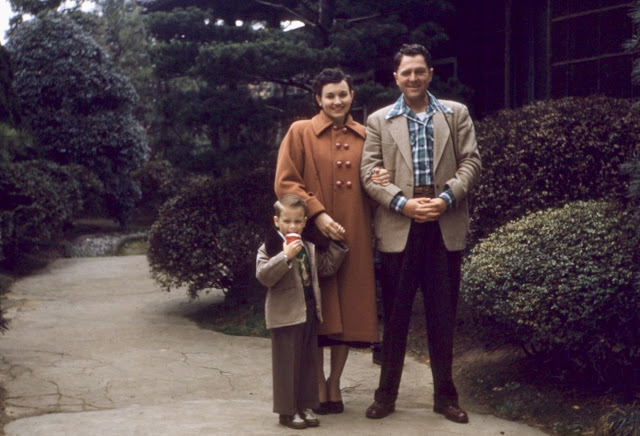




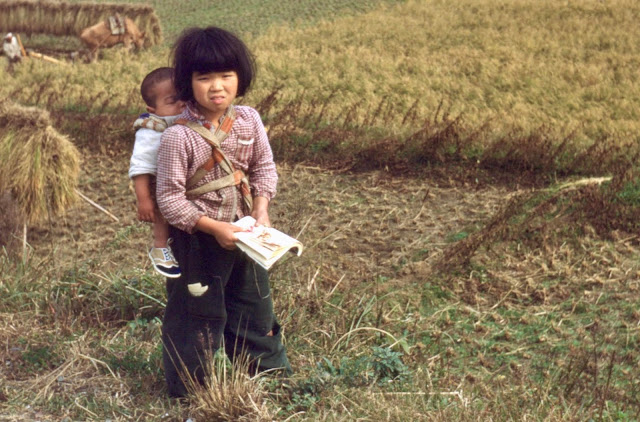







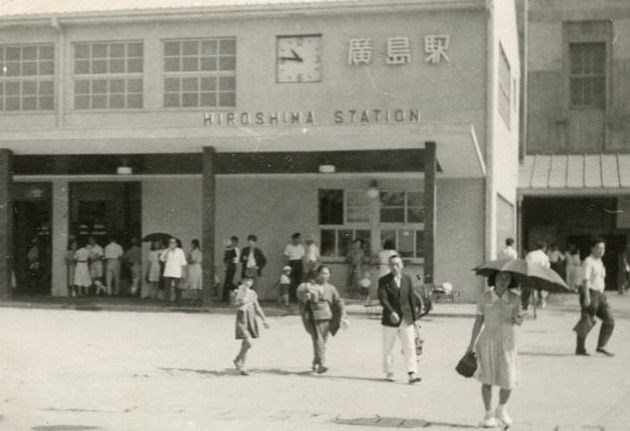








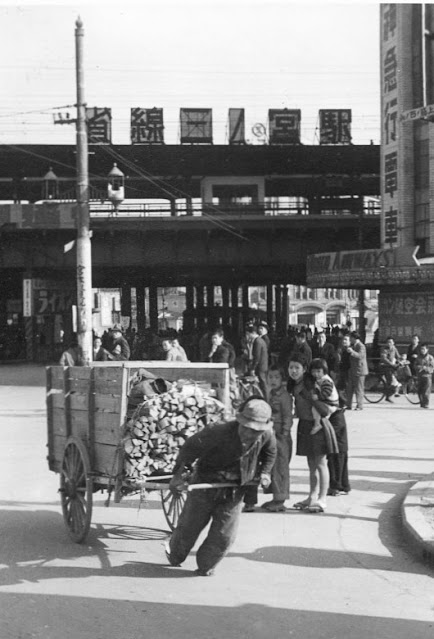



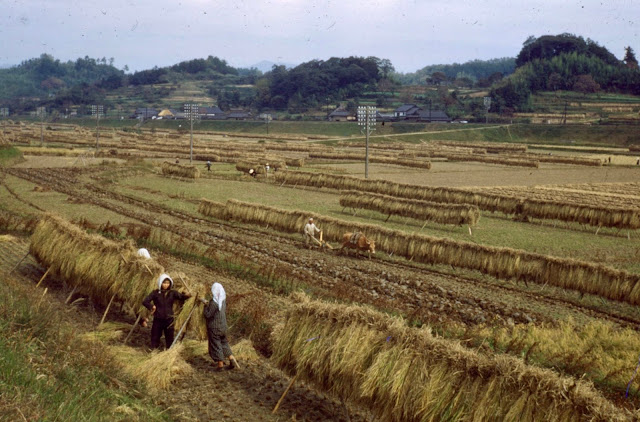




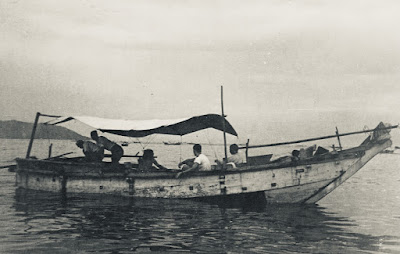








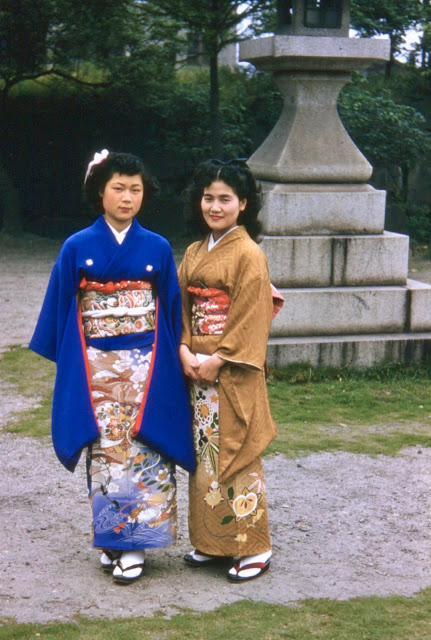



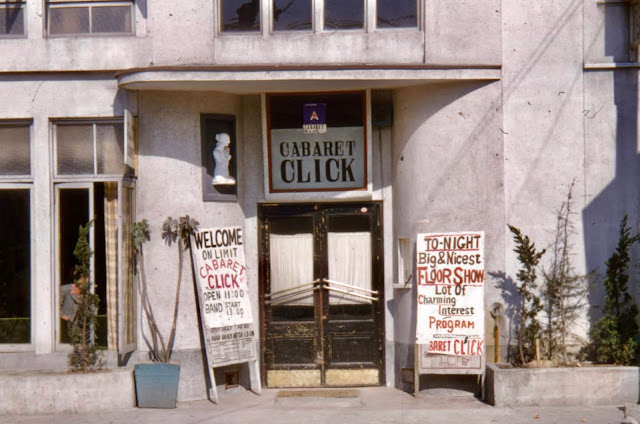














No comments:
Post a Comment